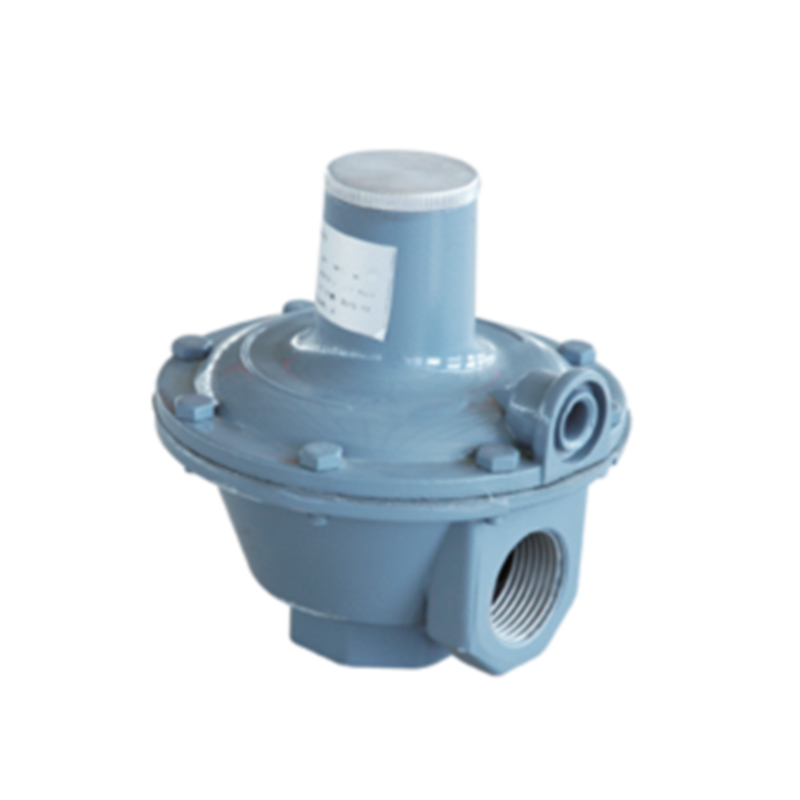
Aug . 09, 2024 00:15
Back to list
Designing a High-Performance Voltage Regulator for Enhanced Precision in Electronic Applications
Precision Voltage Regulators An Essential Component in Modern Electronics
In the fast-evolving world of electronics, the demand for accuracy and reliability has never been greater. One critical component that ensures the stability and precision of electronic systems is the voltage regulator. Among the various types of voltage regulators, precision voltage regulators stand out for their ability to provide a stable output voltage with minimal variation, making them indispensable in sensitive electronic applications.
Understanding Precision Voltage Regulators
Precision voltage regulators are designed to deliver an output voltage that is both accurate and stable over a range of conditions. Unlike standard voltage regulators, which may exhibit significant variations in output due to changes in load current or input voltage, precision regulators maintain their output within a narrow tolerance, typically within ±1% or better. This is achieved through advanced design techniques that incorporate feedback mechanisms and high-quality components.
The fundamental difference between a standard and a precision voltage regulator lies in the specifications and performance metrics. Precision regulators often feature low dropout voltages, high power supply rejection ratios (PSRR), and low output noise, which are vital for applications such as instrumentation, telecommunications, and medical devices.
Key Features and Benefits
1. Low Output Voltage Variation Precision voltage regulators have minimal output voltage variation, which is crucial for sensitive devices where a slight change in voltage can lead to malfunction or inaccurate readings.
precision voltage regulator

3. High Power Supply Rejection Ratio (PSRR) A higher PSRR ensures that fluctuations in the input voltage have a limited impact on the output voltage, providing a cleaner and more stable power supply to the connected circuits.
4. Low Noise Operation Noise can be detrimental in sensitive applications. Precision voltage regulators are engineered to minimize output noise, thus protecting sensitive components from interference.
5. Compact Design With advancements in technology, many precision voltage regulators are available in compact packages, making them suitable for space-constrained applications without sacrificing performance.
Applications of Precision Voltage Regulators
Precision voltage regulators find application in a wide range of fields. In the field of telecommunications, they are used to power signal-processing equipment, ensuring reliable signal transmission. In medical instruments, precision regulation is crucial for accurate diagnostics and patient monitoring equipment. Furthermore, in avionics systems and automotive electronics, where reliability and safety are paramount, precision voltage regulators play a pivotal role in ensuring stable operation.
Conclusion
As electronic devices become more complex, the necessity for precision voltage regulation increases. With their ability to deliver exceptionally stable output voltages under varying conditions, precision voltage regulators are vital for the functionality and reliability of modern electronics. The evolution of these components continues to drive advancements in various industries, enabling innovations that depend on accurate and unwavering electrical performance. As we move further into an era where electronic devices become an integral part of our daily lives, the precision voltage regulator stands as a cornerstone in the foundation of reliable electronic systems.
Latest news
-
Safety Valve Spring-Loaded Design Overpressure ProtectionNewsJul.25,2025
-
Precision Voltage Regulator AC5 Accuracy Grade PerformanceNewsJul.25,2025
-
Natural Gas Pressure Regulating Skid Industrial Pipeline ApplicationsNewsJul.25,2025
-
Natural Gas Filter Stainless Steel Mesh Element DesignNewsJul.25,2025
-
Gas Pressure Regulator Valve Direct-Acting Spring-Loaded DesignNewsJul.25,2025
-
Decompression Equipment Multi-Stage Heat Exchange System DesignNewsJul.25,2025

